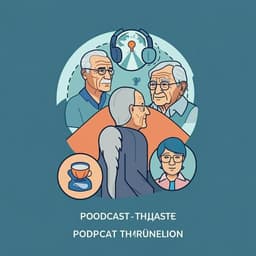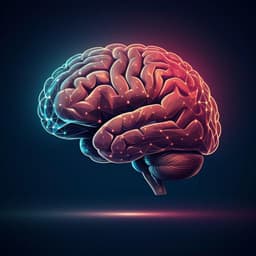
Psychology
Neural changes in early visual processing after 6 months of mindfulness training in older adults
B. Isbel, J. Weber, et al.
This study reveals how six months of mindfulness training can enhance neural activation during early visual processing in older adults, leading to improved attentional performance. Conducted by Ben Isbel, Jan Weber, Jim Lagopoulos, Kayla Stefanidis, Hannah Anderson, and Mathew J. Summers, this research highlights the unique benefits of mindfulness over traditional training methods.
Playback language: English
Related Publications
Explore these studies to deepen your understanding of the subject.







